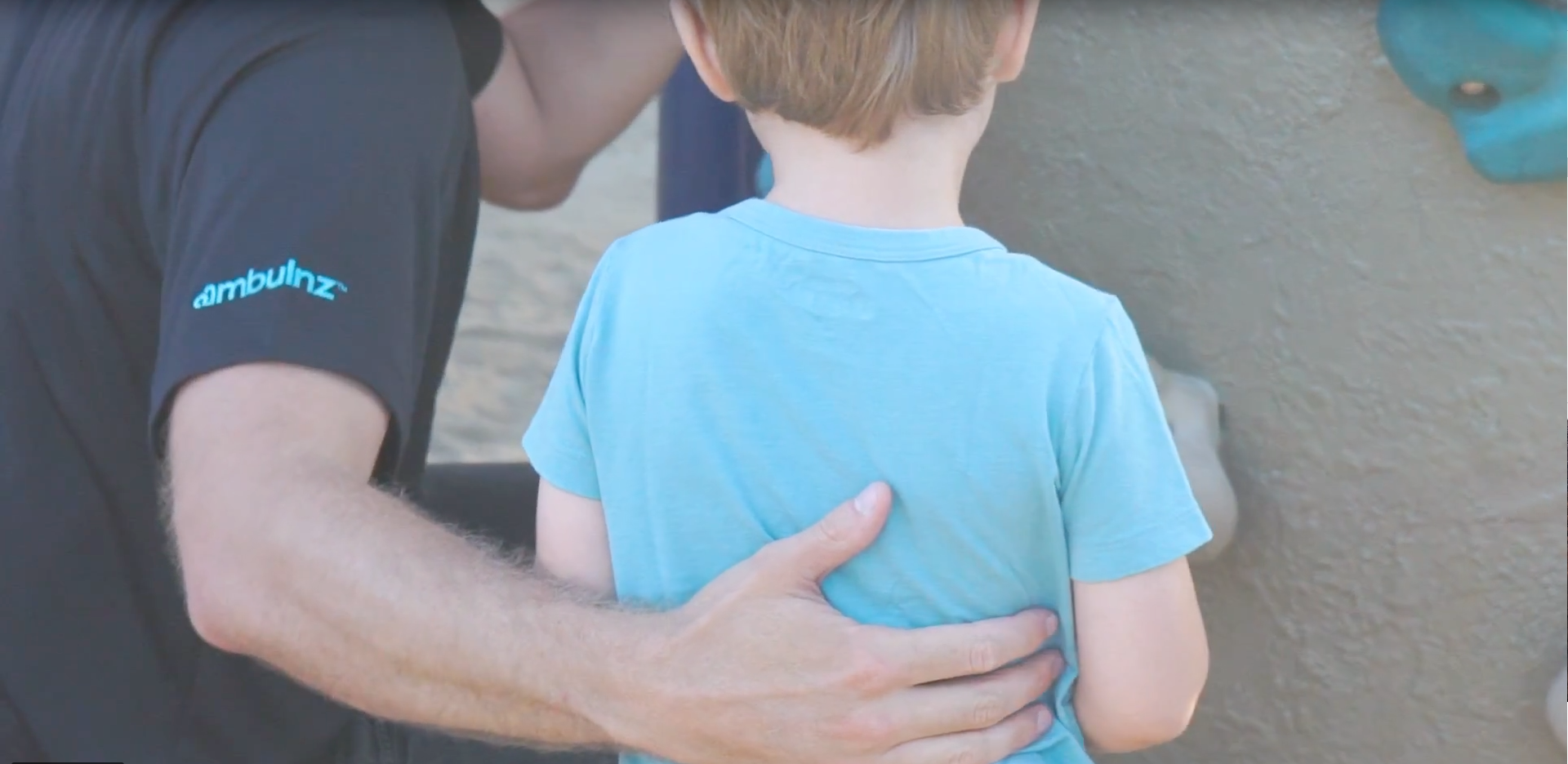EMTs juggle many roles and consider many factors when they’re on the job, but patient care should always be their priority. This was what two of our dedicated EMTs knew when they responded to a
hospital-to-hospital transfer. We’ll let one of the EMTs on call illustrate this point perfectly.
My partner and I arrived at the hospital to pick up our patient: a 27-year-old woman who was seven months pregnant and was originally transported after being involved in a car accident and reported severe back pain. Our patient was being transferred because the hospital she was at was not equipped to handle a pregnant patient and could not monitor the baby’s heart rate or the mother’s contractions.
We found and greeted our patient and began to monitor her vitals before we moved her to our rig. We soon began to notice some unusual symptoms: her blood pressure was too high and she showed signs of edema in her lower extremities.
This is where our training kicked in and we realized something wasn’t right. The nurse had cleared our patient, but missed these serious symptoms our patient was displaying. After completing our full assessment we determined that these symptoms pointed to signs of preeclampsia, a very serious pregnancy complication. We knew we had to act and make our patient’s safety a priority by bringing our concerns to the doctor on scene. If her blood pressure continued to rise, her preeclampsia could escalate and she could start having seizures. The doctor agreed, and began to reassess the patient.
“My partner and I both understood that time was of the essence for her and her baby. We needed to move fast.”
As the doctor did his assessment, I called dispatch to report the situation and have them inform the receiving hospital of our patient’s status and request medical direction. The receiving hospital asked that we bring the patient over as soon as possible and that they would be waiting for us. The patient’s doctor completed his assessment and cleared her for Basic Life Support (BLS) transport and requested she be transported Code 3, lights and sirens, to receive the care she needed.
My partner and I both understood that time was of the essence for her and her baby. We needed to move fast. Our goal was to keep our patient comfortable, safe and provide the highest quality of patient care. We gave the receiving hospital an update on our ETA, made sure our patient was secure, lit up our lights and sirens, and was on our way. My partner continued to treat and monitor our patient en route. By the time we arrived, our patient’s blood pressure had dropped to safe levels thanks to the treatment she received. We were able to safely transfer our patient to the full team waiting to treat her and her baby.
While not every call is like this—this just goes to show why it’s important for us as EMTs to stay sharp and always focus on delivering the highest quality of patient care. We should always be advocating our patient’s health and safety and go with our gut instinct, even when “someone else” says they’re stable or ready for transport. My partner and I knew what we saw and stuck to what we believed in and spoke up.






